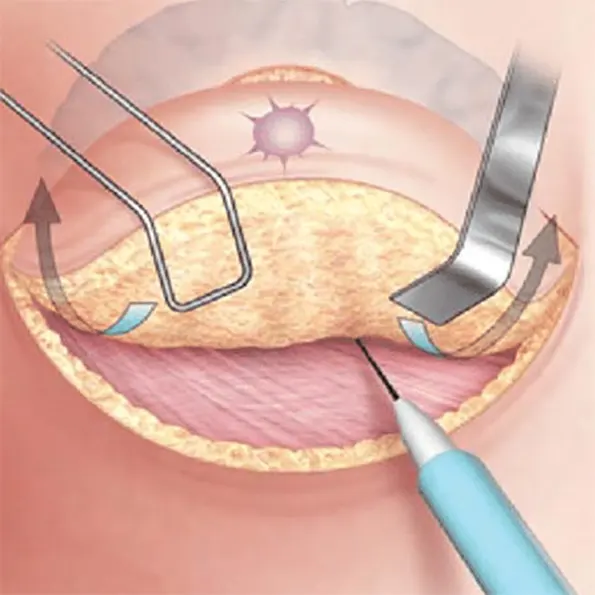1. Surgery Overview
Mammoplasty refers to a variety of breast surgeries that can alter the size, shape, and position of the breasts. This includes procedures such as breast reduction (reduction mammoplasty), breast lift (mastopexy), and breast reconstruction. These surgeries are typically performed for cosmetic reasons or to address functional issues, such as back or neck pain due to overly large breasts. The specific technique depends on the patient’s needs, whether for aesthetic enhancement or medical relief.
2. Type of Anesthesia
Mammoplasty is generally performed under general anesthesia, ensuring the patient is fully asleep and pain-free during the procedure. In some cases, local anesthesia with sedation may be used, depending on the procedure type and patient health.
3. Possible Risks and Complications
Infection
Bleeding
Scarring
Asymmetry (uneven results)
Nipple or breast tissue sensation changes
Poor wound healing or delayed healing
Hematoma (blood accumulation)
Risk of recurrence of breast ptosis (drooping) in case of breast lift
Risks related to anesthesia
4. Hospital Stay Duration
Breast reduction or breast lift: These are often outpatient procedures, meaning patients may go home the same day. Some cases may require an overnight stay for monitoring.
Breast reconstruction: Depending on the complexity of the surgery (e.g., after mastectomy), hospital stay may range from 1 to 3 days.
5. Important Post-Operative Care
Wear a surgical bra or compression garment to support the breasts and minimize swelling
Avoid heavy lifting, strenuous activity, or movements that may strain the chest area for 4 to 6 weeks
Take prescribed medications for pain relief and to prevent infection
Keep the surgical area clean and dry to reduce the risk of infection
Avoid smoking to enhance wound healing
Follow-up appointments are essential to monitor healing, assess the aesthetic result, and ensure no complications such as infection or asymmetry
Gradually resume normal activities after receiving clearance from your surgeon.

